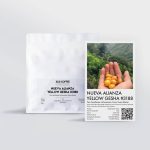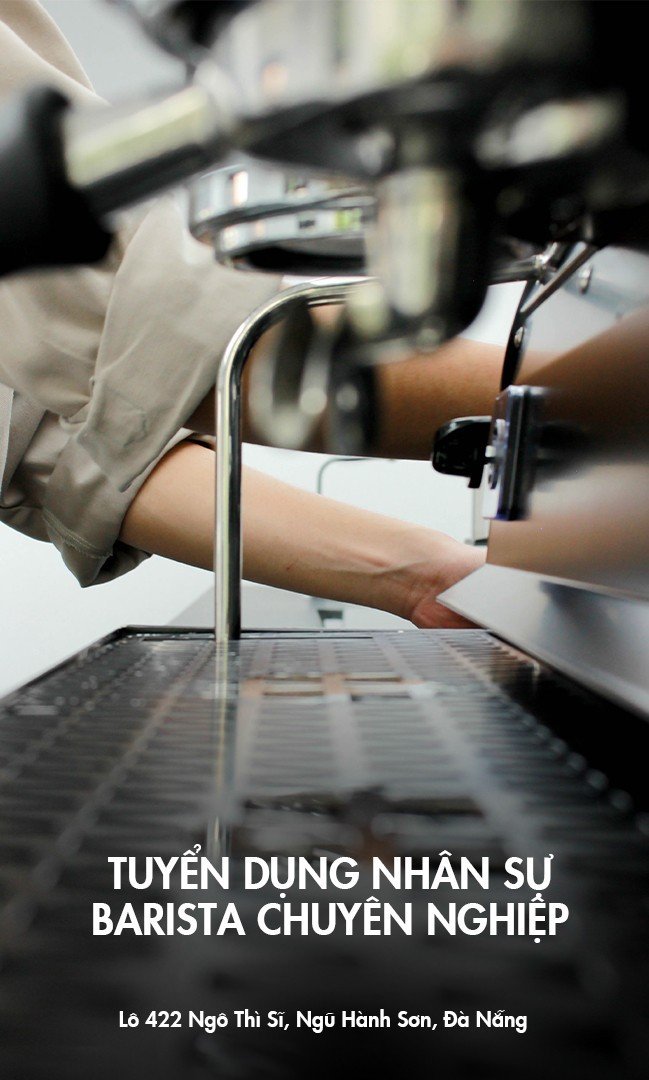What Is “Third Wave Coffee”, & How Is It Different to Specialty?
The third wave of coffee. We come across this phrase all the time, in coffee shops or online. But what does it actually mean? How is it different to specialty coffee? And what’s this about the first, second, and fourth waves?
Defining the third wave isn’t easy. You’ll hear different explanations everywhere you go – some of which even contradict each other! So we reached out to some industry professionals to ask how they define it. Here are their perspectives.

It’s not just coffee. Credit: Danny Tan (@nonowhatever)
THIRD WAVE? WHAT HAPPENED TO THE FIRST TWO?
A quick coffee history lesson for you: back in the 1960s, coffee consumption began to grow exponentially. For the first time, coffee became widely accessible. This marked the first wave.
The second wave came with an increase in the quality of coffee readily available. Big companies – such as Starbucks – started running coffee shops as profitable businesses. Coffee started to become a luxury product rather a necessity.
What’s more, we started to see more consciousness of the importance of the entire supply chain, from producers to consumers. Green bean buyers started to pay attention to where and how coffee was produced – and this eventually trickled through to consumers.
So if that’s the first and second wave, what’s the third wave?

Accessible, but also a luxury.
WHAT SETS THIRD WAVE COFFEE APART?
Matt Milletto of Water Avenue Coffee tells me, “Having been more than 20 years in this industry, I feel that the third wave is truly a way of appreciating a quality product.”
There are two key words here: “appreciating” and “quality”. For Matt, it’s both about the coffee we’re drinking and the way we think about it.
Similarly, Dismas Smith of Caffe Ladro, Seattle says, “Third wave coffee does not accept old traditional ways of growing coffee or making coffee.”
In Dismas’ answer, we can also see the importance of every actor in the supply chain: producer, importer, roaster, barista, and consumer. Unlike the first wave, where it was about consumer’s access to coffee, third wave coffee is the result of everyone’s hard work.
However, these are still vague concepts. Let’s break down the third wave into more specific details.

In the third wave, we understand that an espresso isn’t just made by a barista. The producer and roaster also receive credit. Credit: Michael Flores (@mikflores)
KEY FEATURES OF THE THIRD WAVE
Ialty coffee that has been produced in the right way, and with all the added value that the supply chain aggregates, is the basis of a great experience. This experience is a combination of education, knowledge, and hospitality.”
The third wave is all about making the consumer feel special. Part of that is customer service, but another part is sharing the story behind the cup. This story is one created by producers, importers, roasters, and baristas. It explains why a coffee is distinctive, why a consumer can taste certain notes, and why high-quality coffee takes so much work.
This consumer education is also enabled by greater channels of communication between production and consumption, including direct trade and social media.

New brew methods affect the notes we can taste in our coffee.
THE THIRD WAVE VS SPECIALTY COFFEE: WHAT’S THE DIFFERENCE?
You’ll often hear “specialty coffee” and “third wave coffee” used interchangeably, so I wanted to ask my interviewees if they saw a difference between them. The answer: a unanimous yes.
In fact, Sarah Dooley, Marketing Manager at Slayer Espresso, shares, “Third wave coffee is simply a silly title for those who need one. Might even irritate me a little, depending on the context. Third wave is not a cup of coffee; it’s a mindset around loving the guest in all things.”
So if third wave and specialty are different, what is specialty? Well, the Specialty Coffee Association (SCA) scores coffees on a 100-point scale. Coffees that score 60 points or above are considered commercial-grade; at 80 points or above, they are graded as “specialty”. These exceptional coffees are often the product of specific microclimates and soils, production practices, and careful processing (the removal of the coffee cherry flesh from the beans).
Sarah Dooley says, “Specialty coffee is an important ingredient in the evolution of great service, because it insures the quality level of your bean through a point system by certified Q-graders.”
Similarly, Julian Rivera of Once Once Tostadores de Café, Mexico, says, “Specialty is how is achieved. It’s only with a distinctive quality and noticeable difference in the way we present coffee that we will be able to connect it to the consumer’s palates.”
Third wave coffee is an experience. Specialty coffee is what we serve in that experience.
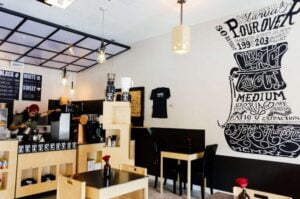
A third wave coffee shop serving specialty coffee. Credit: Michael Flores (@mikflores)
CAN SPECIALTY COFFEE BE SECOND WAVE?
We associate specialty coffee with the third wave, but if the third wave is about a relationship between the consumer and the coffee, it should in theory be possible to have second wave specialty coffee.
Tetsu Kasuya agrees. “For specialty coffee, you don’t need the third wave. You don’t need that service to obtain quality, but to create a great experience you do need that element.”
In other words, the third wave needs specialty. Specialty doesn’t need the third wave.
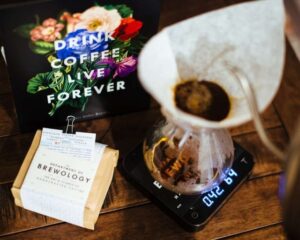
Specialty coffee in a third wave experience. Credit: Michael Flores (@mikflores)
“FOURTH WAVE”: ARE WE THERE YET?
Recently we’ve heard people talk of the fourth wave – something that has stirred up a lot of controversy. Is a fourth wave possible? Are we currently experiencing it, even if we’re not aware of it?
It’s tough to see how. Already, in the third wave, we have high coffee quality, meaningful trade relationships, innovative brewing methods, an understanding of the importance of production and processing, and more.
Yet Dismas Smith tells me he believes it’s possible. “Fourth wave would be the highest end movement on specialty levels. I’ve had this discussion with several people and we don’t discard a fourth wave.”
He expands on the idea to tell me, “Fourth wave could be seen as [an understanding of] coffee’s scientific aspects. We would talk more in depth about precise knowledge of soil, coffee plants, coffee beans…”
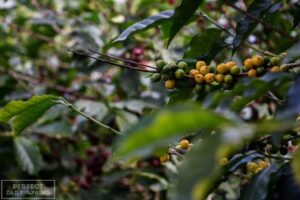
Ripening coffee cherries. Could an increased understanding of the science behind this be fourth wave?
Third wave coffee: a movement, an experience, an increased focus on consumer education and service. However you define it, I believe we are lucky to be witnesses of the industry’s evolution. With an increased focus on production and quality, it’s leading to fairer, better coffee that benefits all parts of the coffee supply chain.
So next time you step into a third (or fourth!) wave coffee shop, don’t be afraid to ask your barista more about your drink. This is, after all, the third wave.
Source: Perfect Daily Grind
Link:https://perfectdailygrind.com/2017/04/what-is-third-wave-coffee-how-is-it-different-to-specialty/





